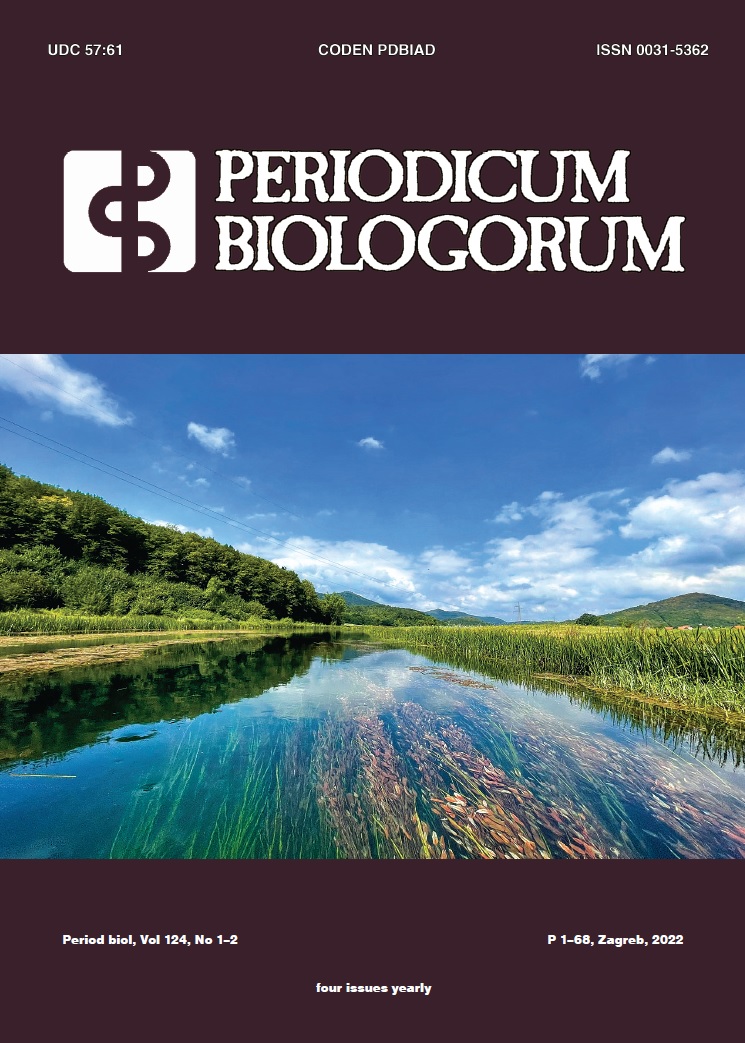Polyphenol bioavailability and modulatory potential on brain antioxidative markers in C57BL/6 mouse
DOI:
https://doi.org/10.18054/pb.v124i1-2.20513Abstract
Background and purpose: Prunus spinose L. is a traditionally consumed, recently scientifically reexamined plant. Brain bioavailability and functionality of polyphenols (PPH) of blackthorn flower extract (PSE) was investigated.
Materials and methods: C57BL/6 mice received oral daily repeated doses of 25 mg/kg body weight of total PSE polyphenols for 28 days. Brain concentrations of individual polyphenols from PSE were determined by UPLC/MS on 1st,7th, 14th, 21st, and 28th day. Brain antioxidative defense markers were examined as indicators of functionality after bioaccumulation.
Results: A total of 68.7% PPH present in PSE were detected in the brain. Higher (p≤0.05) Cmax/AUClast in the PSE treatment vs. control group was recorded for 59.1% of brain detected compounds, indicating relatively good bioaccumulation in the brain. The highest present compounds in PSE were not necessarily the ones mostly bioapsorbed in the brain. Kaempherols were not significantly distributed, opposite to phenolic acids, quercetins or epicgaloatechin-3-gallate. The compounds with the highest concentrations on 28th day were 4-p-coumaroylquinonic acid, (-)-epicatechin, quercetin-3-O-rutinoside, quercetin–rhamnoside, kaempherol-3-rutinoside and quercetin-3-gucoside. Brain lipid peroxidation (MDA) decreased (p<0.05) on the 21st and 28th day in the PSE group. Increase (p<0.05) in GSH concentration was observed on the 21st and 28th and SOD activity on the 28th day. Catalase activity was unchanged. It could be hypothesized that highest PPH concentration-ratios, caused reduction of lipid peroxidation by radical scavenging and simultaneous induction of glutathione and SOD pathways.
Conclusions: Screened compounds could be candidates for examining or creation of brain targeted “neuro-nutriceuticals” polyphenol mixtures.
Downloads
Published
Issue
Section
License
The contents of PERIODICUM BIOLOGORUM may be reproduced without permission provided that credit is given to the journal. It is the author’s responsibility to obtain permission to reproduce illustrations, tables, etc. from other publications.


